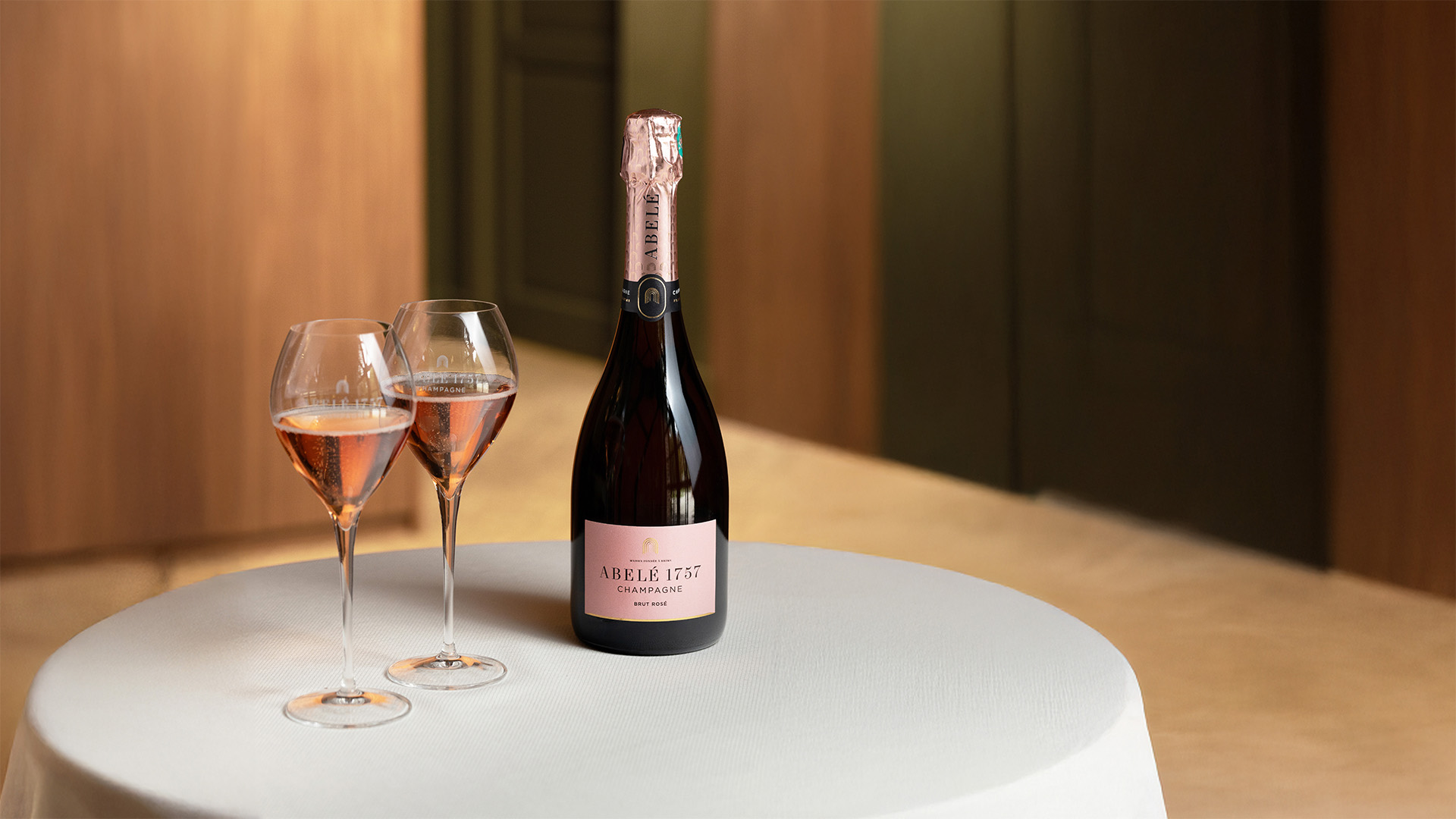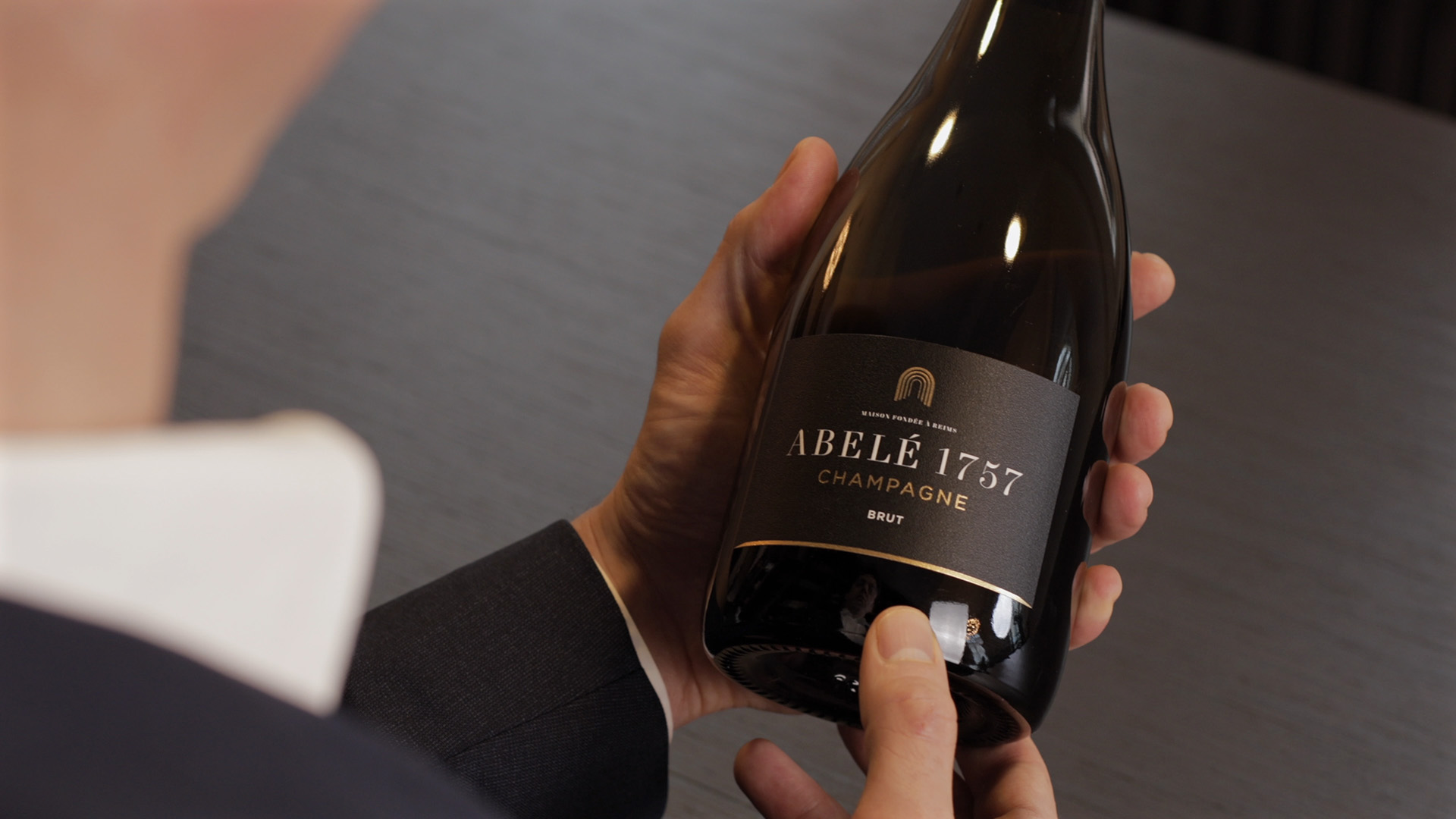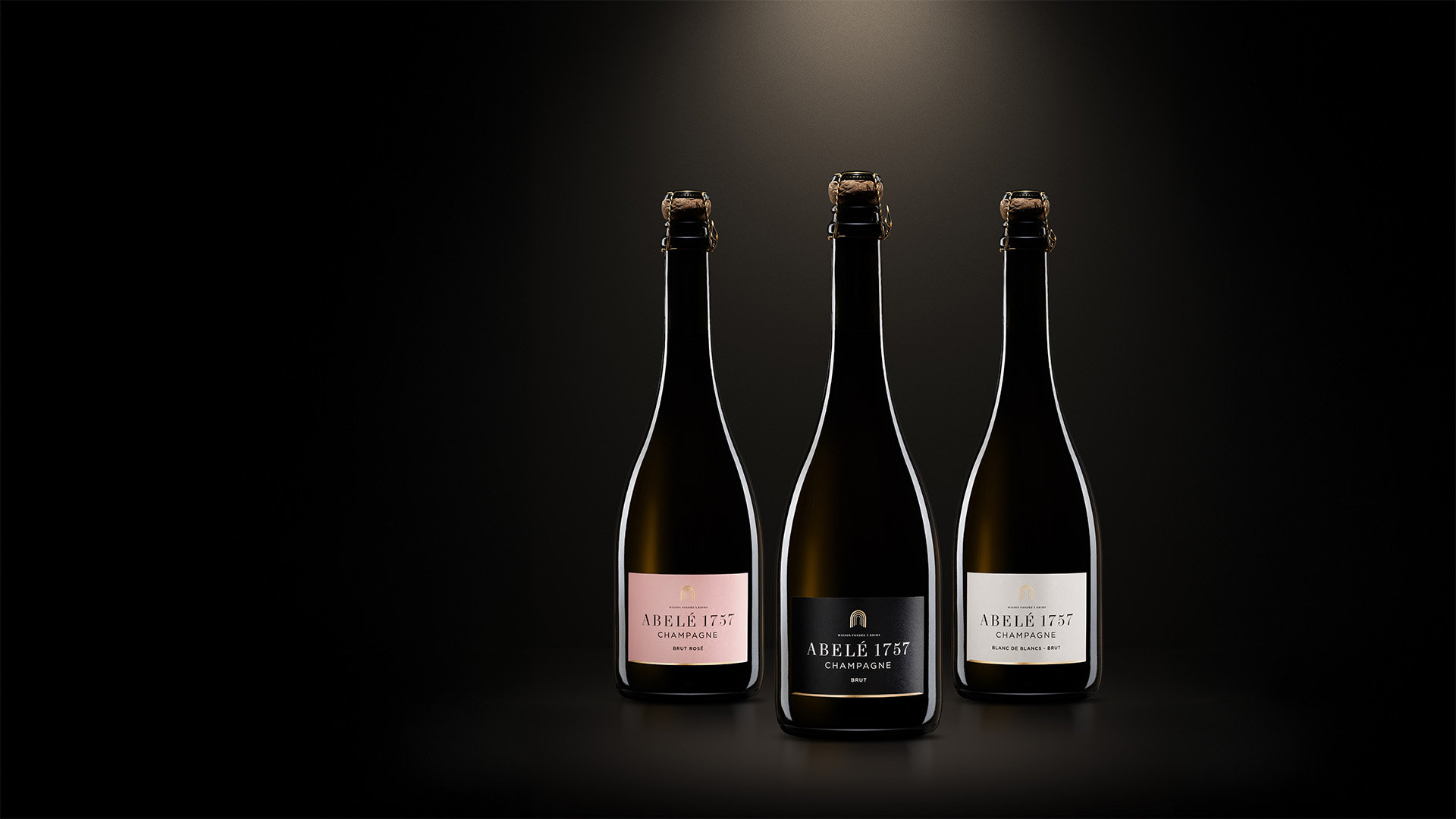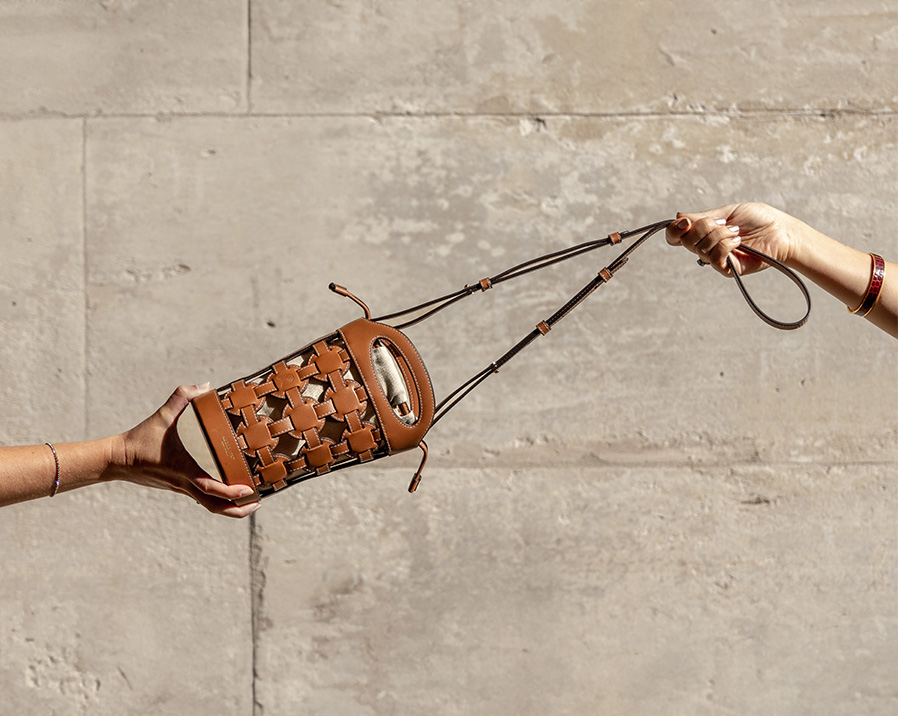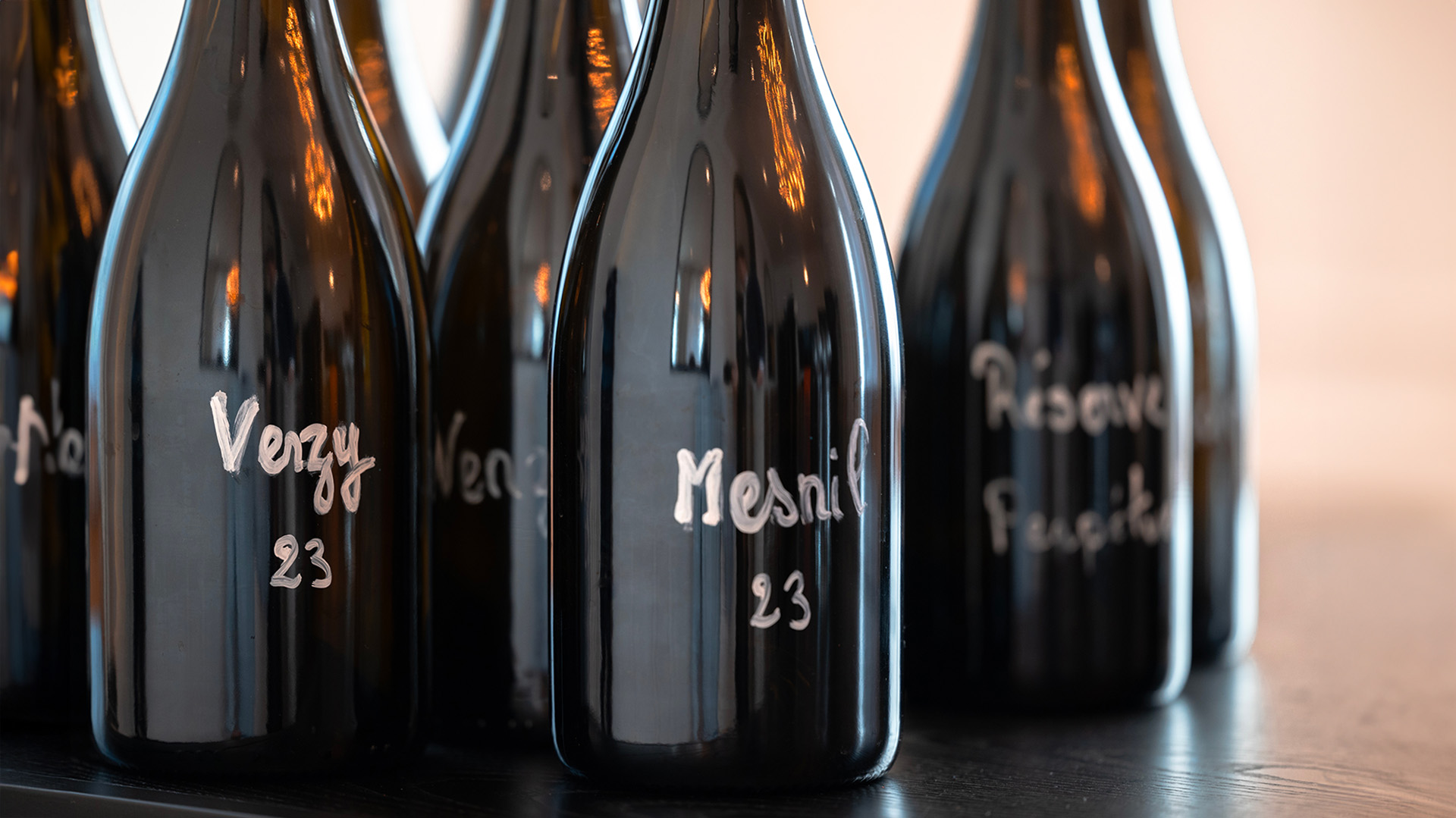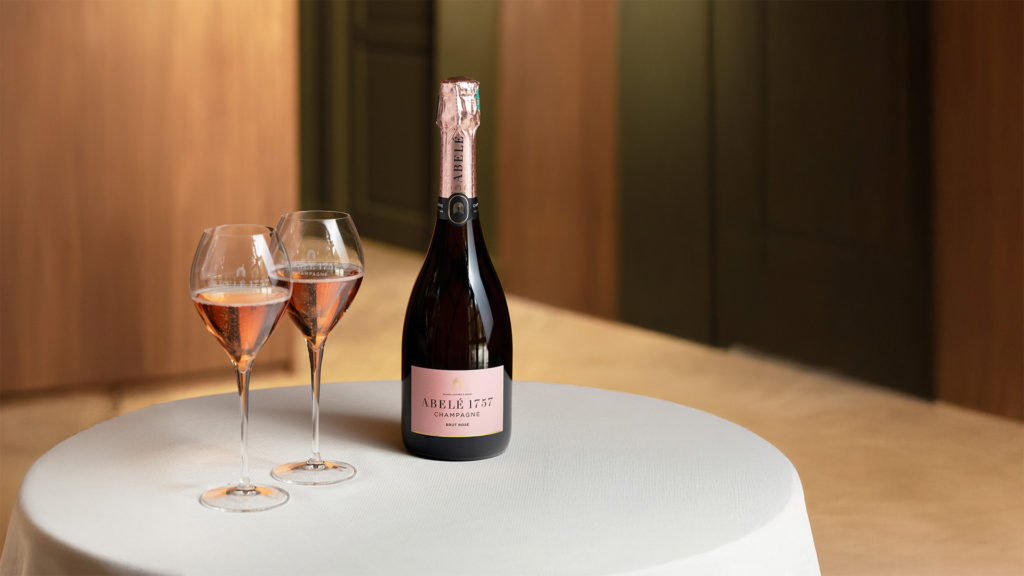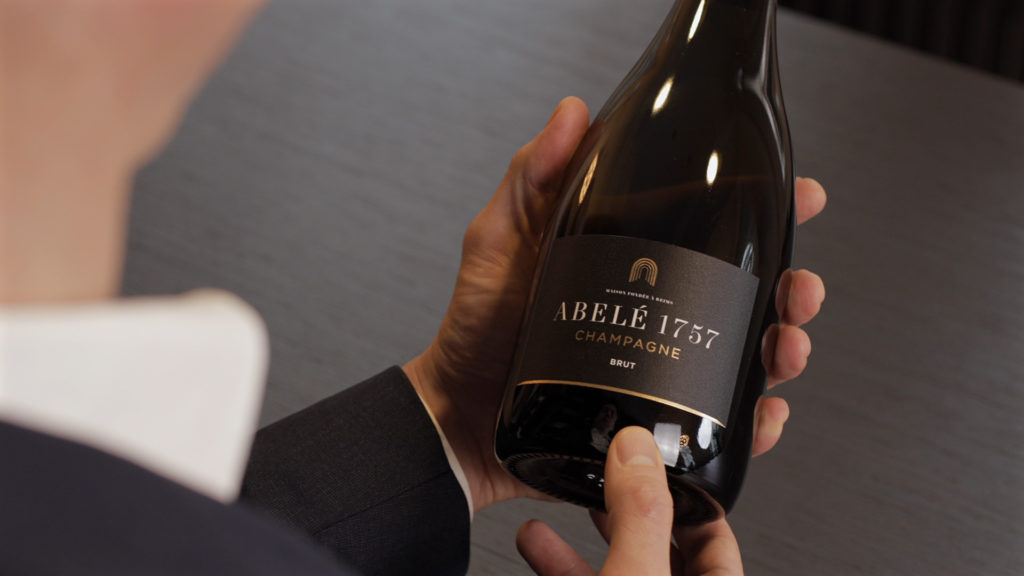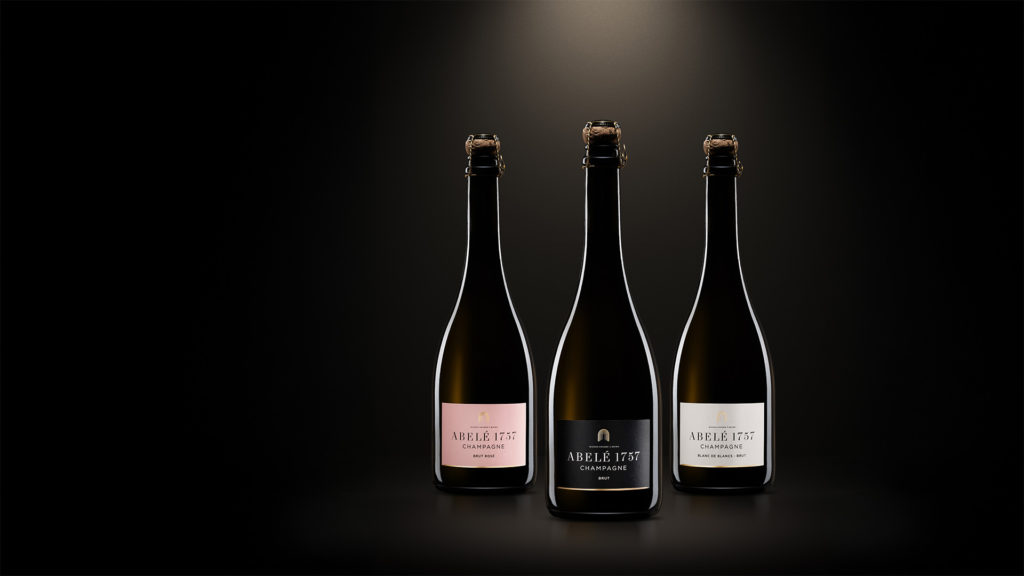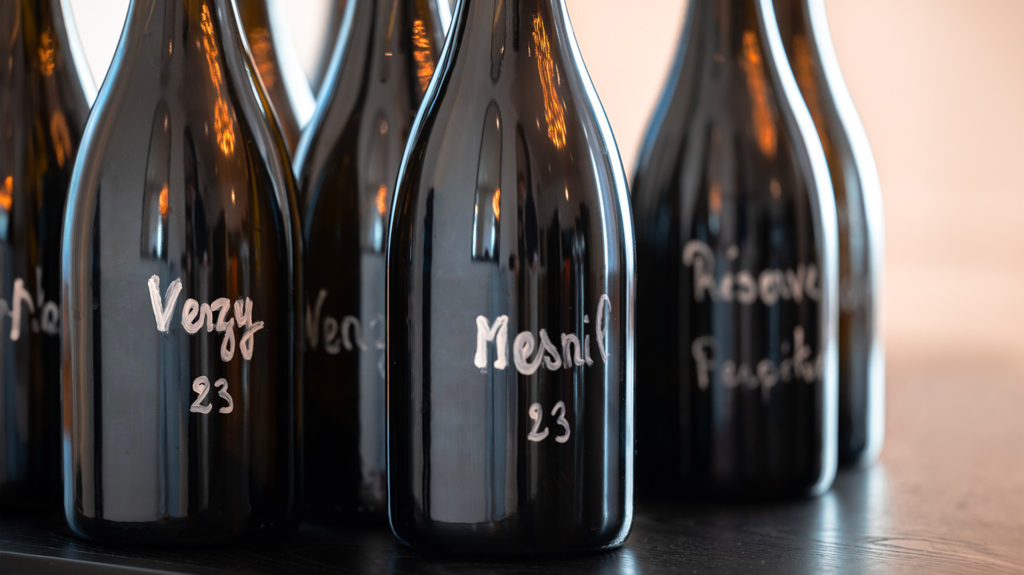What is your analysis of the 2024 winegrowing season in Champagne?
«The 2024 winegrowing season could be summed up in two words: rainy and cold. First, the cold arrived during bud break and flowering, two sensitive periods for the vine, and brought destructive frosts. The month of June was characterised by cool temperatures, which delayed flowering and led to a phenomenon that is unfortunately well known in Champagne during fruit set: coulure. This natural phenomenon prevents fertilisation of the blossom and considerably reduces the potential yield.
As for the rain, it was abundant from the beginning of winter until the end of July. A welcome event for nature, given the previous droughts. But in excess, it also brought its share of diseases, such as downy mildew. This year, the epidemic spread rapidly, once again reducing the potential harvest. »
What major lessons can already be drawn from this?
« These difficult seasons are always rich in lessons and humility. Throughout the year, our partners have faced significant challenges. The winegrowers have shown immense courage and determination to bring the grapes to harvest. Whether they are winegrowers or farmers, working with nature comes with the uncertainties and challenges of working the land. It’s essential to approach it with a great deal of humility.
During these extremely complex and challenging winegrowing seasons, the winegrowers become a guide for nature. They cannot dictate its course. They find the means to observe, to adapt and to make every effort to reach the crucial and eagerly awaited harvest.»


Do you already have an idea of the future wines from this harvest?
« It is very difficult to predict the quality of 2024 harvest or make a prognosis for the vintage. We will need to wait for the tasting of the still wines to glimpse the potential of the harvest. However, I can offer an interesting perspective on the challenging climatic conditions.
The acidity potential will be high this year, comparable to excellent years such as 2008 or 2013, which were marked by freshness and tension. This is something I am closely monitoring. If conditions remain stable until the harvest, we can hope for a very good acidity potential for the future wines of Maison Abelé 1757.»
What is your role before and during the harvest?
« During the harvest, my role is to support winegrowers, to be by their side during the tough times as well as the joyful moments. We regularly discuss to share advice on good viticultural practices. When necessary, I visit the vineyards to walk the fields and talk about the challenges of the year. »
After the harvest, what are the next major steps?
« Once the harvest is over, the vinification process begins. We shift from vineyard work to blending in the winery. In general, the vinifications take place over a period of one and a half to three months at most. Once the alcoholic and malolactic fermentations are complete, the wines are racked and allowed to rest until bottling, which takes place between May and June. »


Can you tell us about the typicity of the Côte des Blancs terroir?
“The Côte des Blancs is a unique terroir in Champagne. The pure chalk that makes up its soil is very distinctive and has remarkable qualities. It provides great benefits to the vine due to its drainage properties and ability to retain moisture. Additionally, the exposure of its slopes, oriented to the east, ensures freshness and tension in the wines.
Here, Chardonnay is king. It is extremely rare to find any other grape variety besides this noble white grape. If you spot a Pinot Noir or Meunier vine in this part of the appellation, it’s likely a mistake by the nursery (laughs). This terroir is ideal for Chardonnay’s growth, expressing a strong minerality accompanied by a salty sensation on the palate and a high acidity potential.»
How do winegrowers in the Côte des Blancs adapt their farming methods?
« Whether manual or mechanical, vineyard operations are always easier in chalky terroirs. However, the most technical challenge does not come from vineyard work itself. The crucial point lies in the patience required to harvest Chardonnay at its perfect maturity. This optimal moment is determined by a balance of sugar, acidity, and aromatic potential.
To ensure they preserve their hard work and highlight the full potential of their grapes, the winegrower must wait for this point of balance, avoiding harvesting the grapes too early. Picking too soon risks retaining vegetal aromas that are unpleasant during tasting. It’s a real challenge to wait for the right moment—the peak of maturity—to harvest healthy grapes that will produce perfect wines for Abelé 1757 champagnes.»
What are the characteristics of Chardonnay in Champagne and globally? What particular challenges are associated with growing and vinifying Chardonnay?
« Chardonnay is an exceptional grape variety grown worldwide. You’ll find it in a wide variety of terroirs—limestone, schist, granite —with their own particular climates—cool, temperate, Mediterranean, arid. This grape variety, used in the composition of high-quality champagnes, has found its ideal soil in the northern regions of France.
It’s also very recognizable. Its leaf has a petiole attachment that is bare of tissue (see photo), which is a unique feature for ampelography enthusiasts. During ripening, the berries gradually change from a deep green to golden hues. Its aromatics, in chalky soils such as the Côte des Blancs, Vitryat, or Sézannais, are fresh and fruity. Its elegance is complemented by a strong minerality and salinity. This is one of the cornerstones of the Abelé 1757 style. »


How does Chardonnay express itself in Abelé 1757 champagnes?
«For several decades, Chardonnay has taken on a prominent role in the house’s wine style, becoming the dominant grape variety. It is present in all our blends, except for Le Sourire de Reims Rosé millésimé, which is a pure macerated rosé made from Pinot Noir from the Riceys. Depending on its origin, Chardonnay follows a dedicated vinification path. Each terroir, each plot is isolated in the winery. To preserve all the fruitiness, freshness, and brilliance of the still wines, I avoid oxidative vinification processes as much as possible.
This grape can stand alone in top-tier champagnes, such as the Blanc de Blancs cuvées. It brings refinement, elegance, and perfectly expresses the chalky terroir of the Côte des Blancs around us. But it’s also a fantastic partner for other Champagne grapes, notably the Pinot Noir x Chardonnay combination in the Le Sourire de Reims Brut millésimé cuvée. This is an age-worthy wine that will spend ten or even fifteen years in the cellar. The minerality and fruitiness of the Chardonnay complement the power, structure, and spices of the Pinot Noir. »
What is your personal perspective on Chardonnay as a Cellar Master?
It’s true that Chardonnay is a grape close to my heart. I love working with it. On a personal note, I’ve traveled through various vineyards around the globe, from California to Australia and France.
It’s always a great pleasure to see the first Chardonnay grapes reach full maturity and the first juices flow from the press. This potential, which is being created to make cuvées that, I hope, will delight all champagne enthusiasts.
